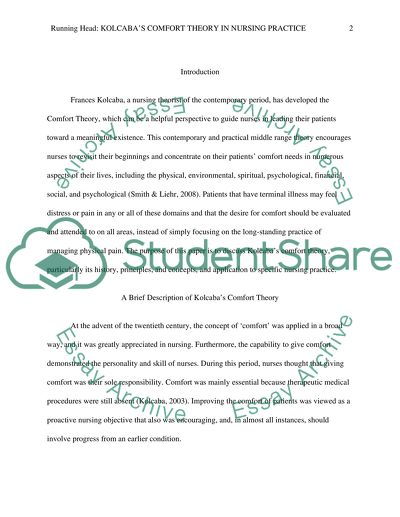Cite this document
(“Middle Range Nursing Theory Essay Example | Topics and Well Written Essays - 1250 words”, n.d.)
Middle Range Nursing Theory Essay Example | Topics and Well Written Essays - 1250 words. Retrieved from https://studentshare.org/nursing/1488409-middle-range-nursing-theory
Middle Range Nursing Theory Essay Example | Topics and Well Written Essays - 1250 words. Retrieved from https://studentshare.org/nursing/1488409-middle-range-nursing-theory
(Middle Range Nursing Theory Essay Example | Topics and Well Written Essays - 1250 Words)
Middle Range Nursing Theory Essay Example | Topics and Well Written Essays - 1250 Words. https://studentshare.org/nursing/1488409-middle-range-nursing-theory.
Middle Range Nursing Theory Essay Example | Topics and Well Written Essays - 1250 Words. https://studentshare.org/nursing/1488409-middle-range-nursing-theory.
“Middle Range Nursing Theory Essay Example | Topics and Well Written Essays - 1250 Words”, n.d. https://studentshare.org/nursing/1488409-middle-range-nursing-theory.


